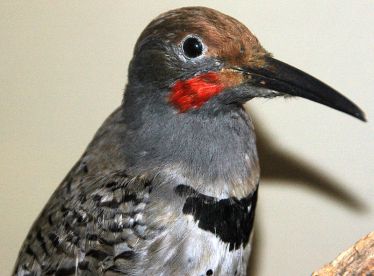Habitat loss, climate change, unregulated harvest and pollution have all contributed to severe ecological challenges encompassing countless species around the world. The inordinate focus on species extinction has, ironically, led to an under appreciation of the environmental dangers caused by the loss of abundance within still common species. Indeed, these significant declines can degrade ecosystem integrity, reducing vital ecological, evolutionary, economic and social services that various organisms provide to their environment.
Birds are excellent indicators of both environmental health and ecosystem integrity. Additionally our ability to monitor many species of birds over vast spatial scales exceeds that of any other animal group. A paper was recently published in Science in which the researchers evaluated population change for 529 species of birds in the continental United States and Canada. This research drew from multiple standard bird monitoring data sets and looked at population change since 1970.
The results of this long term survey accounted for both increasing and declining species reveal an alarming net loss of 2.9 billion birds representing a 29% decline! The largest decline was suffered by the grassland bird species-more than 700 million across 31 species. This is a 53% loss. All forest biomes have experienced large avian decline with a cumulative loss of 1 billion birds! The only biome to actually show an increase in numbers is that of the wet land birds. These birds have increased 13% led by a strong 56% increase in waterfowl.
Because birds provide numerous and essential benefits to ecosystems such as seed dispersal, pollination and pest control among others, significant declines in population or extinction can have devastating effects across the entire environment. While this paper describes the decline in avian numbers limited to the continental US and Canada the authors report that these disturbing trends are being observed elsewhere around the world. The researchers remind us of the Passenger Pidgeon (Ectopistes migratorius) once the most numerous bird on the planet, and now extinct as a poignant example of how swift and permanent extinction can be.
On a more encouraging note the authors point out that population declines in birds can be reversed as evidenced by the recovery of waterfowl populations made possible by adaptive harvest management, wet land preservation and restoration. It is hoped that this success can serve as a model for the restoration of populations in the grass lands, forests and elsewhere.




Comments